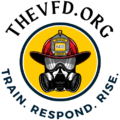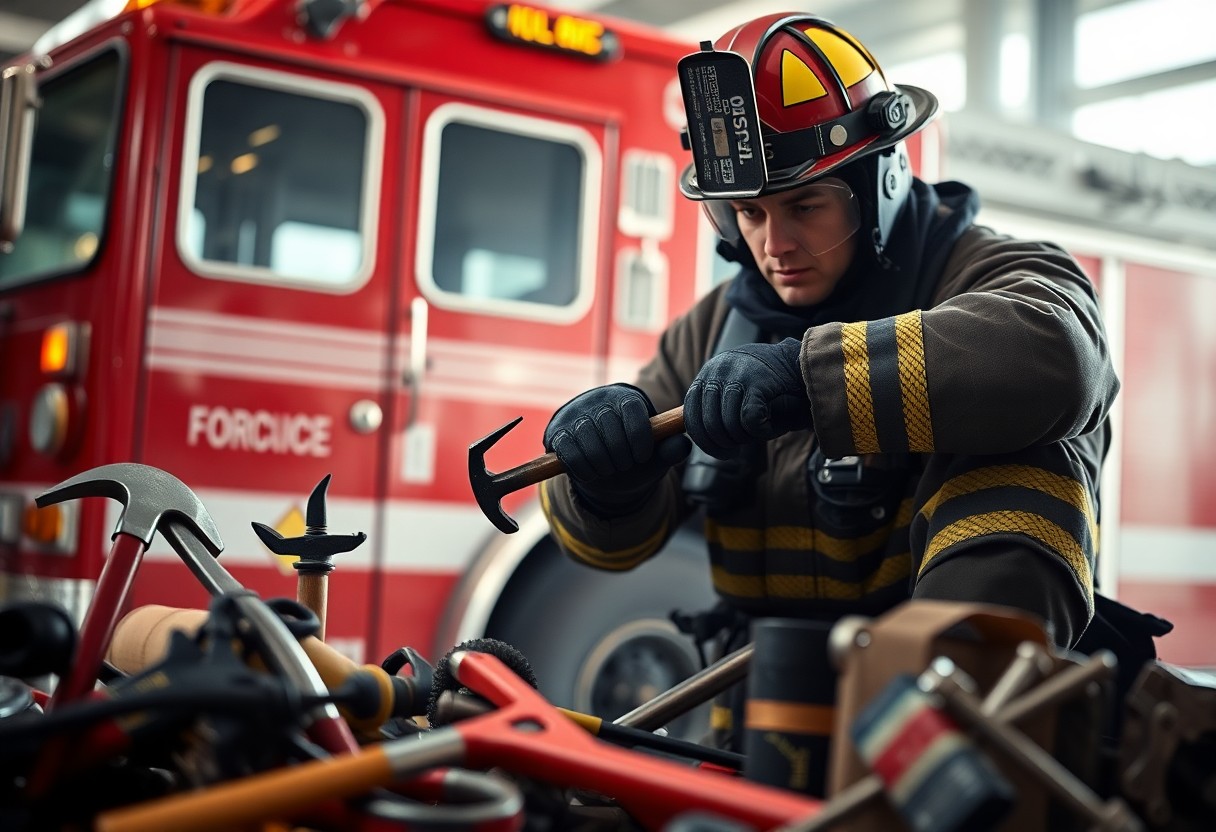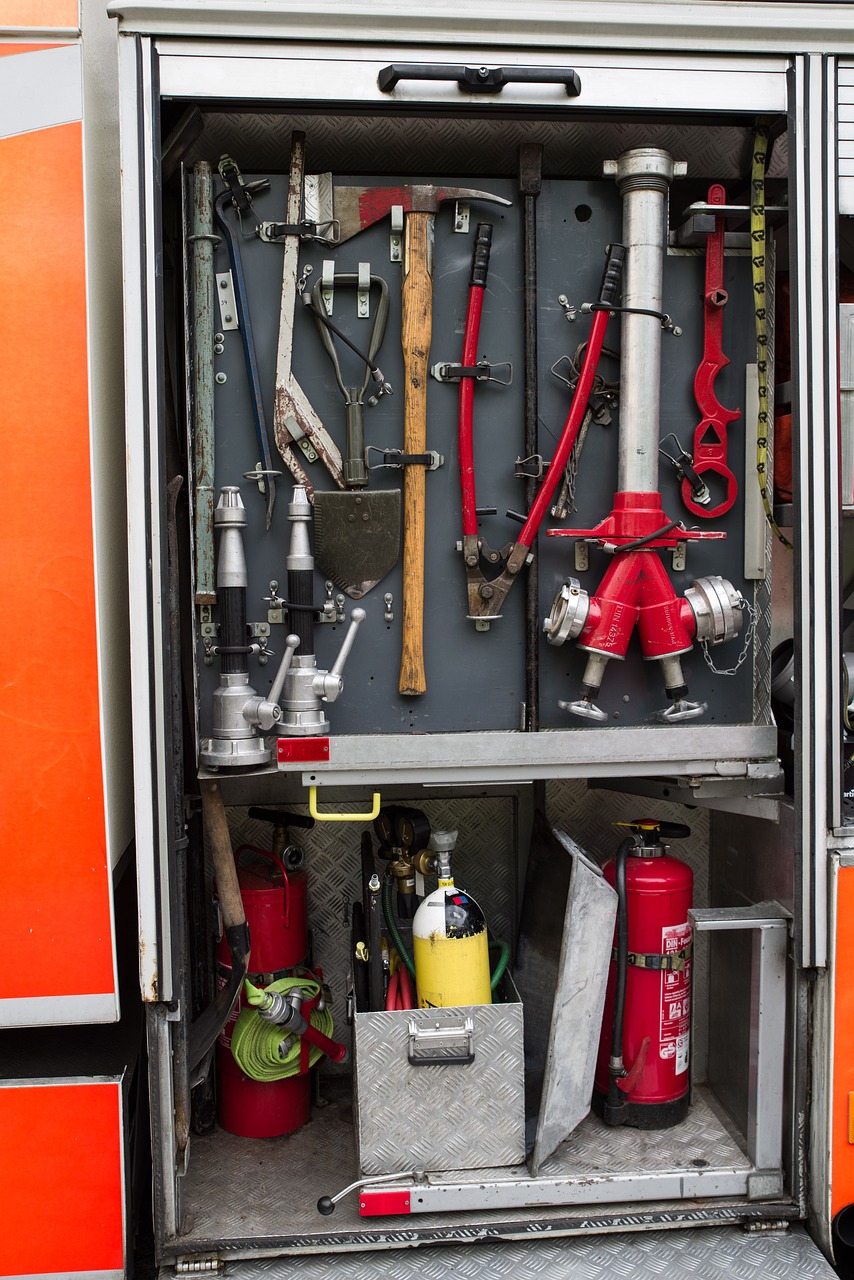You may wonder what equipment firefighters rely on when they need to gain access to a building during emergencies. Forcible entry tools are imperative for overcoming barriers such as locked doors and windows. Understanding the various tools used in this critical process can enhance your knowledge of fire service tactics and the challenges firefighters face in the field. This post will explore the most commonly utilized tools in forcible entry operations by fire departments, providing you with insights into their specific functions and importance.
Overview of Forcible Entry
As a firefighter, understanding forcible entry is necessary for your operational effectiveness. It refers to the techniques used to gain access to structures or areas that are otherwise secured, ensuring you can reach victims and suppress fires efficiently. Mastering these techniques enhances your ability to respond swiftly in emergency situations.
Definition of Forcible Entry
With forcible entry, you employ various tools and techniques to overcome barriers such as locked doors, windows, and fences. This skill set is vital for ensuring that you can quickly enter a building to address potential fire hazards and rescue individuals inside.
Importance in Firefighting Operations
Around the world, timely forcible entry can significantly impact the outcome of firefighting operations. It allows you to access fire-affected areas to provide rescue and treatment to victims as well as initiate suppression efforts.
Firefighting operations rely on your ability to conduct forcible entry effectively. When you can swiftly access a burning building, you improve the chances of saving lives and minimizing property damage. Quick entry can also shorten the duration of a fire event, reducing the overall risk to both you and the community. Additionally, the techniques you use must be adaptable, allowing you to respond to a variety of scenarios that you may encounter in the field.
Common Tools Used in Forcible Entry
Clearly, forcible entry requires specific tools that enable fire departments to effectively gain access to structures during emergencies. These tools are designed to breach obstacles such as locked doors or barriers, ensuring that firefighters can reach those in need quickly. Familiarizing yourself with these tools and their applications is important for anyone involved in firefighting operations.
Axes and Halligan Bars
An effective response to forced entry often involves axes and Halligan bars. Axes are versatile, allowing for both cutting and prying, while Halligan bars serve as excellent prying tools that can easily gain leverage on locked doors or windows. Together, they empower you to swiftly break down barriers.
Sledgehammers and Bolt Cutters
An important addition to your forcible entry toolkit is the combination of sledgehammers and bolt cutters. These tools allow you to breach not only doors but also gates or heavy locks, ensuring you can access structures without delay.
Indeed, sledgehammers provide the necessary force to break through heavy barriers, while bolt cutters are effective for cutting through chains and padlocks securely. Using these tools in conjunction with your other equipment enhances your ability to respond in time-sensitive situations. Understanding their proper techniques will ensure you’re prepared for various scenarios at the scene of an emergency.
Techniques for Forcible Entry
It is imperative for firefighters to master various techniques for forcible entry to effectively respond to emergency situations. Techniques such as using hand tools and power equipment can help you gain access to buildings quickly and safely. Additionally, understanding the anatomy of doors and locks enables you to identify the most efficient method for a successful entry, ensuring you can provide necessary assistance when time is of the essence.
Methods of Entry
About the methods of entry, firefighters commonly use three primary techniques: the “simple” method, which requires minimal effort and tools; the “lever” method, using tools to create mechanical advantage; and the “breaching” method, which involves compromising structural components to facilitate access. Each method has its specific applications, and being proficient in these techniques can significantly enhance your effectiveness during emergency operations.
Safety Considerations
Entry safety is vital when performing forcible entry. You must be aware of potential hazards, such as unstable structures, smoke, fire, or electrical risks, that may arise during the process. Ensuring you have proper protective gear and maintaining communication with your team can help mitigate these dangers.
To further enhance safety during forcible entry, it is imperative to conduct a risk assessment of the situation before proceeding. Be mindful of your surroundings and look for indications of potential structural weakness, gas leaks, or hazardous materials. Proper team coordination is also important; if you alert your fellow firefighters to the entry method and your intended action, you can maintain a structured approach that promotes everyone’s safety while navigating the challenges of emergency response.
Training and Skill Development
Unlike many other activities, forcible entry requires specialized training and consistent skill development to ensure safety and efficiency during emergency responses. Fire departments recognize the importance of maintaining proficiency with tools and techniques used in these scenarios, leading to a commitment to ongoing education and practice. By regularly participating in training exercises, you enhance your ability to act decisively in high-pressure situations, which ultimately improves your team’s effectiveness in saving lives and property.
Firefighter Training Programs
Programs focused on forcible entry incorporate both theory and hands-on instruction, providing you with a comprehensive understanding of the tools and techniques used. These structured courses are designed to give you the foundational knowledge and practical skills necessary for successful and safe operations during rescues or firefighting efforts. By participating in these programs, you will become familiar with various forcible entry tools, their applications, and best practices that are vital in real-life situations.
Practical Drills and Simulations
Training that involves realistic drills and simulations allows you to apply your learning in safe, controlled environments. This hands-on approach helps solidify the techniques you’ve studied and builds teamwork skills among your colleagues. By participating in drills, you will experience the stress and decision-making challenges that come with forcible entry, preparing you for actual emergency situations.
Hence, these practical drills and simulations are integral to your development as a firefighter. They provide opportunities for you to familiarize yourself with different scenarios, such as residential structures or commercial buildings, enhancing your adaptability and reaction time. Regular exposure to realistic conditions enables you to refine your techniques, identify potential challenges, and develop effective strategies for overcoming obstacles. Your ongoing practice will boost your confidence, ensuring you are better prepared for the physical and mental challenges faced during actual emergency responses.
Challenges in Forcible Entry
All fire departments face various challenges when it comes to forcible entry. The urgency of the situation often demands quick action, but obstacles—both structural and situational—can impede your team’s ability to gain access effectively. Understanding and preparing for these challenges can make a significant difference in emergency response outcomes.
Varied Building Structures
Structures can present unique barriers during a forcible entry scenario. Different building materials, architectural designs, and security features can complicate access, requiring you to adapt your techniques and tools. Familiarizing yourself with common structures in your area will help you better prepare for the challenges you may encounter.
Time Sensitivity in Emergencies
The urgency of emergency situations heightens the challenges faced during forcible entry. As every second counts, delays due to unexpected obstacles can have dire consequences for those in need of rescue. Therefore, honing your skills and practicing swift techniques is vital for acting efficiently and effectively in high-pressure environments.
Challenges in navigating time-sensitive emergencies often require you to think on your feet. You must balance speed with safety, ensuring that while you act quickly to gain entry, you also prioritize the well-being of victims and your team. Continuous training and preparedness will enhance your response capabilities, allowing you to tackle obstacles head-on and improve your overall effectiveness during critical situations.
Innovations in Forcible Entry Tools
For firefighters, staying ahead of the curve with cutting-edge tools is imperative in addressing modern challenges during emergency responses. Innovations in forcible entry tools have led to enhanced efficiency, safety, and effectiveness during operations.
Advanced Equipment Technologies
With new technologies emerging, you can expect a range of advanced equipment designed to streamline forcible entry efforts. These developments are set to revolutionize how fire departments approach entrapments.
| Advanced Equipment Technologies | Benefits |
|---|---|
| Battery-powered hydraulic tools | Increased mobility and faster entry |
| Smart lock tools | Improved access to modern locking systems |
| Lightweight thermal imaging tools | Enhanced visibility in smoke-filled environments |
Future Trends in Firefighting Gear
Advanced materials and designs are paving the way for the future of firefighting gear. You will find that innovations focus on enhancing firefighter safety, comfort, and operational performance.
Future trends in firefighting gear aim to incorporate smart technology and improved materials, resulting in lighter and more functional equipment. You can expect developments such as exoskeleton suits to assist with lifting heavy tools, and gear equipped with real-time data analytics to optimize response strategies. As firefighting evolves, these advancements will ensure that you are prepared to face the challenges of modern emergency services.
Conclusion
The tools you commonly use in forcible entry by fire departments, such as axes, pry bars, and hydraulic tools, play an important role in emergency situations. Understanding the proper use and maintenance of these tools not only enhances your effectiveness but also ensures the safety of your team and those you serve. By familiarizing yourself with various tools and their applications, you empower yourself to act decisively and efficiently in critical moments.


